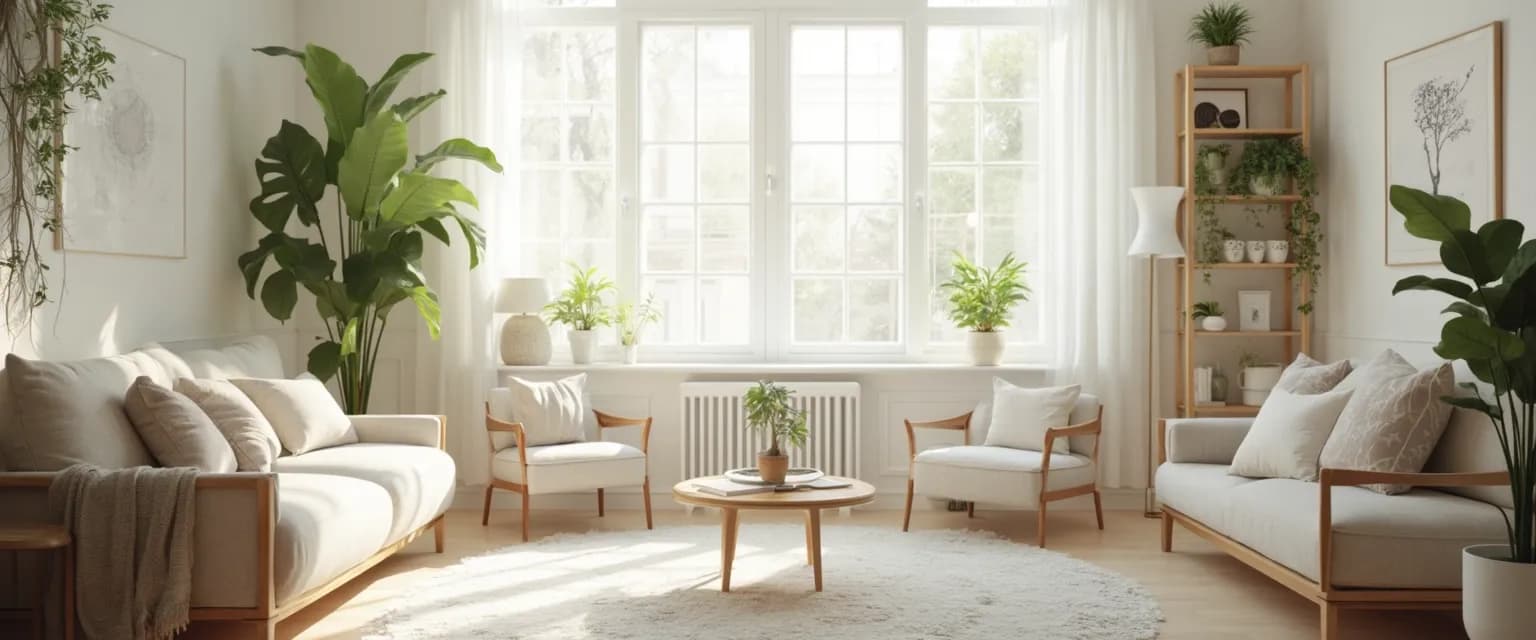How to Align Your Living Space with Anxiety and Human Design Elements
Ever noticed how your living space seems to whisper to your anxiety levels? That's because anxiety and human design elements are deeply interconnected, affecting how we feel in our homes. When your surroundings work against your mental wellbeing, even simple daily tasks can feel overwhelming. But here's the good news: by strategically aligning your living space with your unique anxiety profile, you can create an environment that actively supports calm rather than triggering stress.
Understanding anxiety and human design elements isn't just about aesthetics—it's about creating spaces that respond to your nervous system's needs. Research shows that environmental factors account for up to 40% of our stress response, making thoughtful design choices a powerful anxiety management technique that works passively throughout your day. Let's explore how to transform your home into a personalized sanctuary that works with—not against—your mental wellbeing.
The best anxiety and human design elements approach recognizes that what calms one person might overwhelm another. Your ideal environment should reflect your unique needs rather than following generic "calming" advice that might miss the mark completely.
Key Anxiety And Human Design Elements For Each Room
Effective anxiety and human design elements strategies begin with understanding how different spaces affect your emotional state. Each room in your home serves a distinct purpose and therefore requires specific design considerations to support mental wellbeing.
Bedroom: Your Sleep Sanctuary
Your bedroom significantly impacts sleep quality, which directly affects anxiety levels. For optimal anxiety and human design elements integration:
- Choose colors with low saturation (soft blues, gentle greens) to lower heart rate
- Install blackout curtains or shades to support melatonin production
- Position your bed away from doors to enhance feelings of security
- Remove electronic devices or cover indicator lights that can disrupt sleep
Before: A bedroom with bright lighting, cluttered surfaces, and a bed facing the door often contributes to racing thoughts and difficulty falling asleep. After: The same room with soft, dimmable lighting, minimal visual distractions, and a bed positioned for maximum psychological safety transforms sleep quality.
Living Areas: Balanced Social Spaces
Living rooms balance social connection with personal comfort. The best anxiety and human design elements for these spaces include:
- Furniture arrangements that offer clear sightlines to entrances
- Designated "decompression zones" with comfortable seating
- Sound-absorbing elements like rugs and soft furnishings
- Natural materials that ground the senses and reduce mental fatigue
Workspace: Focus and Flow
Home offices benefit from anxiety and human design elements that promote concentration while preventing overwhelm:
- Position desks to maximize natural light without screen glare
- Incorporate plants to improve air quality and reduce stress
- Use noise-canceling design features for sensitive auditory systems
- Create visual boundaries between work and relaxation areas
Personalizing Anxiety And Human Design Elements For Your Unique Needs
The most effective anxiety and human design elements guide is one that's tailored to your specific triggers. Start by observing patterns in your anxiety responses at home:
- Notice which rooms or areas tend to increase your stress levels
- Identify specific sensory inputs (sounds, lights, textures) that feel overwhelming
- Track times of day when environmental factors seem most impactful
Once you've mapped your personal anxiety triggers, implement targeted anxiety and human design elements techniques. For light sensitivity, consider installing dimmer switches or light therapy lamps. If noise triggers your anxiety, introduce white noise machines or acoustic panels in key areas. For those with spatial anxiety, creating clear pathways and reducing visual clutter can make a remarkable difference.
Low-cost anxiety and human design elements tips that deliver significant impact include:
- Rearranging furniture to create better flow and visual calm
- Using color psychology with easily changeable elements like throw pillows
- Adding weighted blankets to seating areas for grounding during anxious moments
- Creating designated "calm corners" with soothing sensory tools
The power of anxiety and human design elements lies in their ability to work continuously in the background. Unlike strategies that require active implementation, your thoughtfully designed environment supports emotional regulation passively throughout the day. By aligning your living space with your specific anxiety profile, you create a home that doesn't just look good—it feels good to your nervous system.
Remember that anxiety and human design elements work best when regularly reassessed and adjusted. As seasons change and life evolves, so too should your environment. The most successful anxiety-responsive spaces grow with you, providing consistent support for your emotional wellbeing through life's inevitable changes.




